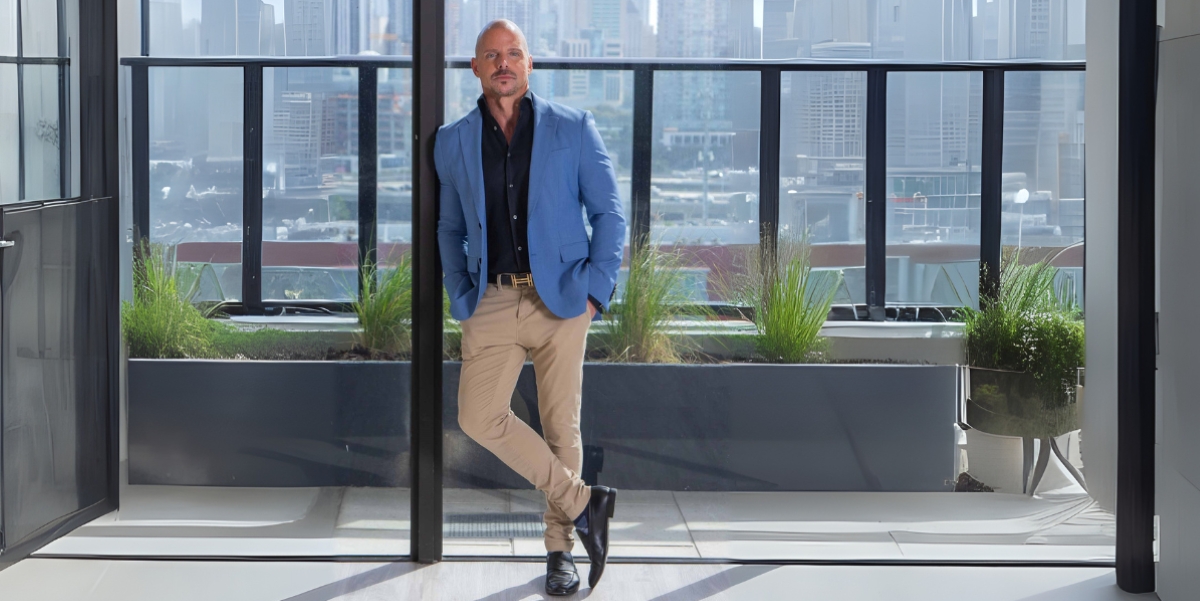The concept of minimalism extends far beyond simply owning fewer possessions. At its core, it is a mindset that prioritizes intentionality, helping people focus on what truly matters by removing excess—both physically and mentally. In a world filled with constant stimuli and endless consumption, minimalism offers a way to create space—not just in homes, but in thoughts and daily routines. The process of decluttering can lead to reduced stress, improved focus, and a greater sense of control over one’s environment and time.
Many people assume minimalism requires drastic lifestyle changes, but it is more about making thoughtful choices. Whether applied to physical belongings, digital habits, or mental load, the principles remain the same: keep what adds value and let go of what doesn’t. The journey toward minimalism doesn’t have to be overwhelming. Small, deliberate steps can gradually lead to a simpler, more meaningful way of living.
Read also: Why Team Dynamic is a Major Factor in Operations
Starting with Physical Decluttering
The most visible aspect of minimalism is the reduction of physical clutter. A home filled with unnecessary items can create a sense of chaos, even if the mess isn’t immediately obvious. The process of decluttering begins with assessing what is truly needed. One practical approach is to examine each item and ask whether it serves a purpose or brings genuine joy. If the answer is no, it may be time to let it go.
Sorting belongings into categories can make the task more manageable. Clothing, books, kitchenware, and sentimental items can each be addressed separately. Rather than trying to declutter an entire home in one day, focusing on one area at a time prevents burnout. The goal isn’t to achieve an empty space, but to create an environment where everything has a place and a reason for being there.
Once unnecessary items are removed, organization becomes simpler. Without excess, maintaining order requires less effort. Many find that a decluttered space feels more peaceful, making it easier to relax and think clearly. The physical act of letting go of unused possessions can also create a sense of lightness, as if a weight has been lifted.
Simplifying Digital Spaces
In today’s connected world, digital clutter can be just as overwhelming as physical clutter. Endless notifications, unused apps, and overflowing email inboxes contribute to mental fatigue. Applying minimalist principles to digital life can help restore focus and reduce distractions. A good starting point is to review and delete apps that are no longer used. Keeping only essential applications on a device makes navigation easier and reduces the temptation to scroll mindlessly.
Emails and files also benefit from regular organization. Unsubscribing from unnecessary newsletters and creating folders for important messages can prevent inbox overload. Similarly, digital photos and documents can be sorted and stored systematically, making them easier to find when needed. Setting boundaries around screen time, such as designated periods for checking emails or social media, can further reduce digital stress.
Another aspect of digital minimalism is reevaluating online consumption. Constant exposure to news, ads, and social media can clutter the mind. Choosing quality over quantity—such as following only meaningful accounts or limiting time on certain platforms—can create a more intentional and less distracting online experience.
Decluttering the Mind
Beyond physical and digital spaces, minimalism also applies to mental habits. A busy mind filled with worries, endless to-do lists, and unresolved thoughts can feel just as cluttered as a messy room. Practicing mindfulness can help. Taking a few minutes each day to sit quietly, breathe deeply, and observe thoughts without judgment can create mental clarity. Journaling is another effective tool for decluttering the mind. Writing down thoughts, concerns, and ideas can make them feel more manageable and less overwhelming.
Learning to say no is another important aspect of mental minimalism. Overcommitting to social events, projects, or obligations can lead to stress and exhaustion. Prioritizing activities that align with personal values and politely declining the rest helps maintain balance. Just as physical clutter distracts from what’s important, an overcrowded schedule can prevent people from fully enjoying their time and relationships.
Letting go of perfectionism is also part of mental decluttering. The pressure to do everything flawlessly creates unnecessary stress. Accepting that some tasks can be done “well enough” rather than perfectly frees up mental energy for more meaningful pursuits. Over time, these small shifts in thinking can lead to a calmer, more focused mind.
Maintaining a Minimalist Lifestyle
Adopting minimalism is not a one-time effort but an ongoing practice. Temptations to accumulate more—whether possessions, digital content, or commitments—will always exist. The key is to develop habits that support intentional living. Regularly reassessing belongings and letting go of what no longer serves a purpose prevents clutter from building up again.
Mindful consumption is another important habit. Before making a purchase, asking questions like “Do I really need this?” or “Where will this go in my home?” can prevent unnecessary accumulation. Choosing quality items that last longer, rather than buying cheap replacements frequently, aligns with minimalist values.
The same principle applies to time and energy. Periodically evaluating how time is spent and making adjustments ensures that daily life remains aligned with personal priorities. Minimalism isn’t about deprivation; it’s about making room for what truly enhances life. Whether it’s meaningful relationships, hobbies, or simply moments of quiet reflection, removing the excess makes space for these experiences.
Over time, the benefits of minimalism become clear. A decluttered environment feels more peaceful, a simplified schedule creates more free time, and a clearer mind improves decision-making and overall well-being. The journey toward minimalism is personal and flexible—there’s no single right way to practice it. What matters is that each step brings a greater sense of intention and contentment.
Read also: Conflict Resolution Strategies Every Business Leader Should Know








